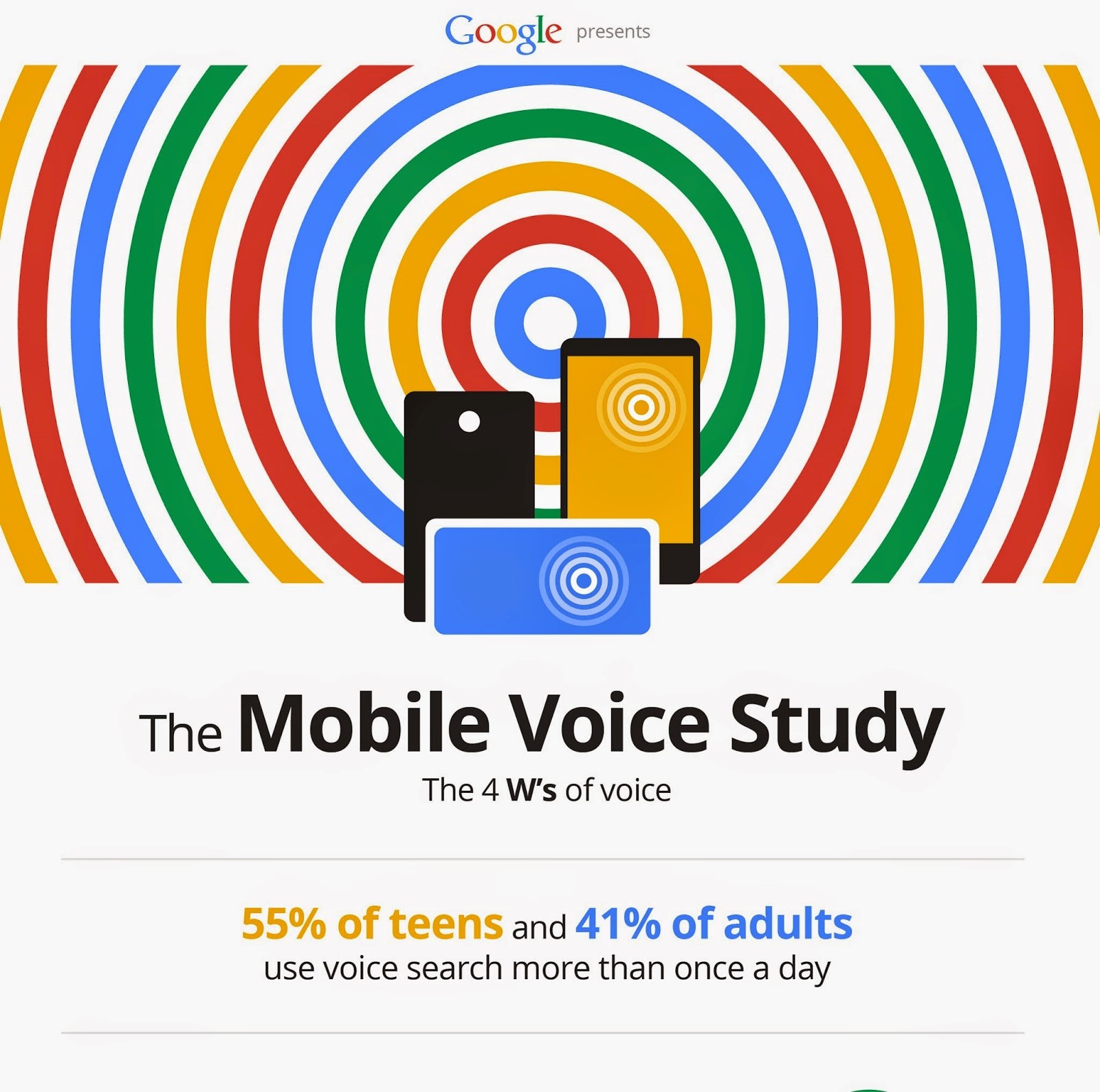How to Organically Build Your Brand
Thursday, 16th August 2018Guest blog by Return
Reports of the death of organic search are greatly exaggerated.
Despite Google’s continued – and understandable – efforts to drive greater investment in paid by pushing organic listings further down in SERPs, organic is still hugely relevant. It’s just that if you’re going to successfully build a brand via organic in 2018, you’ll need to be smart.
Read on to learn more about the latest key organic search tactics, how you should get started with an organic strategy, and why it’s worth your efforts in the first place.

Key techniques to grow brands organically in 2018
Sadly, we’re pretty sure no one has ever “completed” SEO. There’s always something more you can be doing, and Google is constantly tweaking its algorithm to deliver the best user experience.
All of which means there’s always another “big thing” for you to be working on. The following factors and tactics are among the most important when it comes to building your brand through organic in 2018.
Voice search
Voice search has been at the top of everyone’s “next big thing in organic search” lists for the last couple of years.
But it’s no longer one to worry about in future. If you’re not already actively optimising for voice search and tracking your performance, you’re being left behind.
According to Google, two-fifths of adults and more than half of teens use voice search more than once a day. What’s more, Gartner reckons one in three searches will be made without a screen by 2020.

Fortunately, if you’re already creating high-quality, user-focused content, optimising for voice search isn’t a particularly big deal. The same criteria for winning featured snippets applies to appearing in voice search results; write informative content geared at answering long-tail queries.
Wondering how to identify long-tail queries that are relevant to your brand? Check out our blog on free keyword research tools and how to use them.
Search features
Your common or garden SERP has changed almost beyond recognition down the years. What used to be a white page with ten blue links has transformed into a veritable treasure trove of search features – think Knowledge Panels, local packs, featured snippets, news results and more.

This is an added complication in an SEO’s life. Now, you don’t just need to monitor your keyword rankings; you need to be aware of the search features that appear for each keyword. Ranking in the top three for a high-volume keyword is all well and good, but you need to know if search features are stealing a big chunk of the organic traffic.
A rank tracking tool like Ahrefs can identify the search features triggered by your keywords – including those that you’ve already “won”. This will help you better understand what needs to be done to maximise your organic presence.
Structured data
Star ratings, images and author names are just some of the information that can be displayed in SERPs through structured data.

While not a direct ranking factor, structured data can increase your website’s click-through rate (CTR) by helping your pages to stand out against your rivals. Numerous studies have shown a direct correlation between increased CTR and ranking improvements, so this can have a significant impact on the quantity of organic traffic you’re able to generate.
In short: take the time to implement relevant Schema markup for your site, or risk having your CTR – and rankings – drop below those of your competitors.
What are the common pitfalls?
Much to the chagrin of SEOs everywhere, there are no guarantees with organic search. However, while success is never assured, your chances of achieving it will be increased if you manage to avoid the numerous banana skins along the way. Some of the most common pitfalls include:
Not seeing it through
No one ever said organic search was easy. You can’t just chuck some money at a keyword and wait to see the results.
If you don’t have the patience – and budget – for your organic strategy to take effect, don’t bother investing in the first place. It can take two to three months to see the effects of any given piece of organic work, so you’ll typically need at least a year to truly assess the performance of an organic strategy.
Failing to sort your product or service offering
Understandably, any brand with a digital presence wants to ensure that enough people are reaching the site – and that those users are compelled to convert. But prioritise lead generation and SEO over your product or service offering at your peril.

There’s no point driving huge volumes of traffic to your site and bombarding users with calls to action if your product or service just isn’t up to scratch. People won’t come back to you in future, which will hurt your rankings in the long term.
Ignoring the importance of tone of voice
It’s easy to view brand guidelines and tone of voice documents as a “nice to have”. But in reality, you shouldn’t be creating content without first considering what your company stands for and how your customers should be addressed.
Consumers hate inauthenticity. If you don’t have a core message – and the ability to communicate it through your onsite content – you can’t expect to grow a loyal audience.
What should you focus on first when implementing an organic strategy?
Never dipped your toes into the murky waters of organic search before? Here’s where to start and what to do next…
Phase one: get your house in order
If you’ve not invested in organic search before, chances are there’s plenty of basic steps you can take to quickly put your site on a better footing. Start out with the real fundamentals of SEO:
- Perform foundational keyword research to ensure your key pages are targeting the right terms
- Review your competitors’ backlink profiles to establish your basic link acquisition tactics
- Clean up any duplicate content issues across your site (this is a particularly common problem with ecommerce sites). To find out more, read our guide to fixing your duplicate content woes
- Build out thin or non-existent content on key pages
This is all about giving yourself the best chance of succeeding by making sure your site is as well optimised as those of your rivals.
Phase two: get creative
Once the basics are in place, it’s time to shift your organic strategy away from technical work and toward content marketing.

Build a long-tail keyword-focused content strategy geared around bringing in users at each stage of the buyer cycle, with a particular focus on top-of-the-funnel acquisition. Combine this with regular creative campaigns to acquire high-authority links in niches that your link profile doesn’t currently cover.
What are the benefits of organic over paid for longevity of brand growth?
A truly effective digital marketing strategy shouldn’t be about channels or paid vs. organic; it should simply consider what works best for the user.
That said, when it comes to long-lasting impact, organic holds a clear advantage over paid. While it requires an investment in both time and patience, once your site is optimised in line with best practice, it’ll continue to bring in traffic. This makes organic an “evergreen” channel. In contrast, paid will stop generating traffic as soon as you switch off the money tap.
Once you’ve got the fundamentals in place (as detailed above), your organic work can have a much bigger impact. For instance, a single blog article can bring in consistent volumes of traffic.
Don’t believe us? One of our top-performing articles now brings in almost as much organic traffic as our homepage – and has done so consistently since we published it more than a year ago. If your pages rank well for valuable terms and your site delivers a quality user experience, you can expect organic search to keep bringing home the bacon month after month.
Need some assistance in putting together your organic strategy? Return is here to help! Get in touch with our organic search experts today.